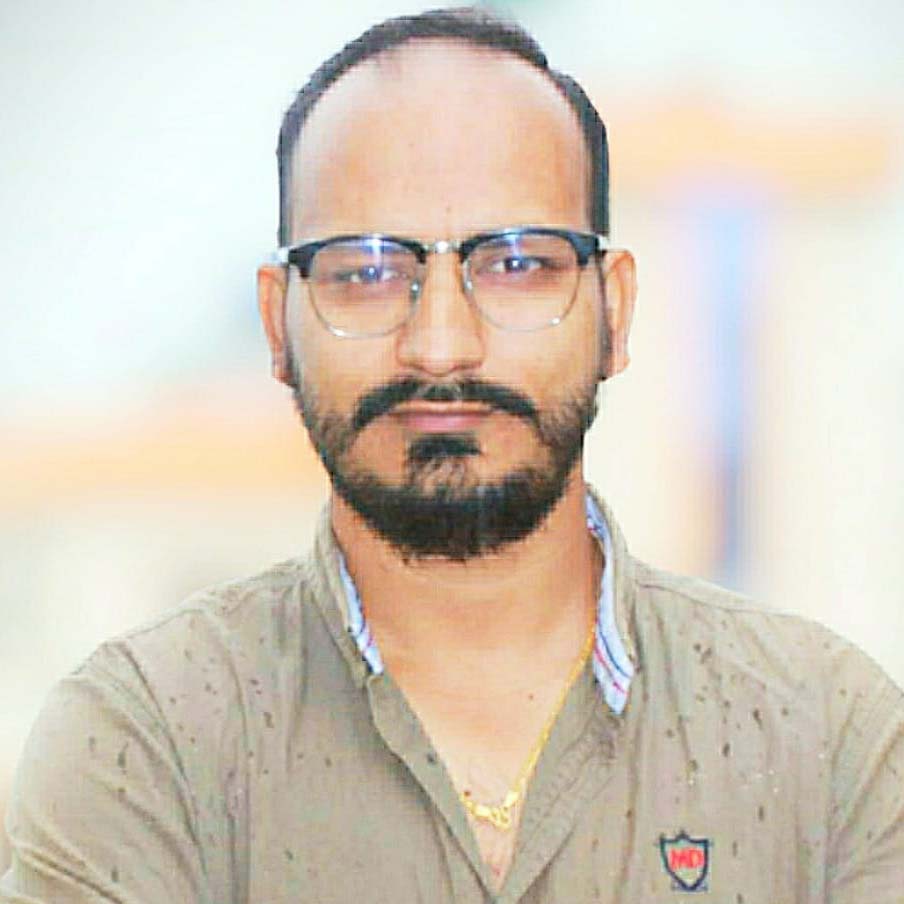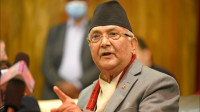National
15-day NEA deadline ending, no defaulter firm pays power bills
Team formed to determine energy consumption starts work.
Purushottam Poudel
After a long-drawn dispute between the government and the Nepal Electricity Authority chief, the power utility on November 12 restored power supply to the industries whose connections were severed on October 24.
Prime Minister KP Sharma Oli and Energy Minister Dipak Khadka were for immediately reconnecting power to the industries while NEA Managing Director Kul Man Ghising was for resuming supply only after they cleared the bills for the power they used.
A Cabinet meeting on November 10 directed the NEA to restore power supply within 24 hours and collect outstanding dues within 15 days based on the Time of Day (ToD) meter system.
Twelve days after resupplying the industries, the utility says no industry has cleared the arrears. At least two dozen industries owe money to the NEA. According to authority officials, if those industries don’t meet the 15-day deadline to clear the dues, the NEA will cut their power.
“We are a government agency that follows the government’s decision,” Chandan Kumar Ghosh, spokesperson for the NEA, told the Post. “If the industries don’t pay the arrears, we must disconnect power lines after the 15th day.”
Following the Cabinet decision, the NEA board on November 12 decided to resume supply to the ‘defaulting’ factories. The authority had earlier sought the board’s written directive to this effect.
The NEA later complied with the Cabinet decision to repower the industries saying that the supply would be discontinued if they failed to clear the dues within 15 days.
However, Secretary at the Ministry of Energy, Water Resources and Irrigation Suresh Acharya said that the Cabinet may extend the deadline if the industries do not pay the remaining dues on time.
According to him, the government has formed a three-member technical team to inspect the industries’ ToD meters.
The team formed under the leadership of Professor Arbinda Mishra has Shree Ram Pandey and Chartered Accountant Sujan Kaphle as members. The Cabinet meeting on November 10 had formed the committee to resolve the dispute over the calculation of electricity tariff.
“The team started its work on Sunday,” Acharya told the Post. “The government may extend the time for the firms to pay back their dues.”
The NEA had disconnected power to 34 industrial firms when some industrialists failed to pay for the use of dedicated feeders. After the NEA disconnected the power supply, at least 14 industrialists, including two government-owned cement factories, paid their installments.
According to the authority, the industrialists owe roughly Rs8.25 billion—Rs6.65 billion in principal, plus a 25 percent fine. The authority first estimated that industrialists who used the dedicated feeder and trunk lines for energy owed almost Rs22 billion. However, the arrears were adjusted when the government-appointed commission’s advice was taken into account to resolve the disagreement.
On May 6, the commission under Girish Chandra Lal, a former Supreme Court justice, submitted its report on resolving the tariff dispute over dedicated and trunk lines to the erstwhile Pushpa Kamal Dahal government. The commission had been formed to resolve the dispute over the money the industrialists owed to the NEA for using power supplied through dedicated and trunk lines, from July 2015 to June 2020.
The government made a special arrangement [dedicated] for the industrialists’ power supply even as the NEA enforced hours-long power cuts for other consumers during the same period.
The Lal Commission suggested that from January 2016 to April 2018 (when the country faced severe power shortages and rationing), tariffs for using the exclusive facility would be determined based on the days and periods of electricity supply, per the prescribed standards.
The NEA has also allowed the industrial firms to pay arrears in installments. When the earlier deadline to pay the due amount was 28 months, industries are now getting 56 months to pay back the dues.
However, former secretary at the Ministry of Energy Surya Nath Upadhyay said NEA chief Ghising was taking a vague approach to collecting the dues from the industrialists.
“It looks like Ghising has old data on ToD, which is unclear,” Upadhyay, who is also a former chief commissioner at the Commission for Investigation of Abuse of Authority, told the Post. “If the issue was genuine, the NEA should have knocked the court’s door.”
Upadhyay also questioned Ghising for not obeying the prime minister and his line minister.
Prime Minister Oli and Energy Minister Khadka were at loggerheads with NEA Managing Director Ghising, who punished the industrial firms after they failed to pay their bills in October.
In the mass meeting dubbed a ‘rally against anarchy’ that was organised by the ruling CPN-UML, Prime Minister Oli, who is also the party chief, vented his ire at Ghising, claiming that the latter wanted to discourage industrialists.
The authority has been pressuring firms to pay their outstanding dues. While some cleared their dues, others insist they won’t pay the bills until they get the TOD metre data from the NEA. They accuse the public utility of making false claims.
In response, in August, the NEA provided the Parliamentary Public Accounts Committee with detailed records of the energy supplied to the firms through dedicated feeders and trunk lines, including the TOD metre data.




 5.4°C Kathmandu
5.4°C Kathmandu









%20(1).jpg&w=300&height=200)



